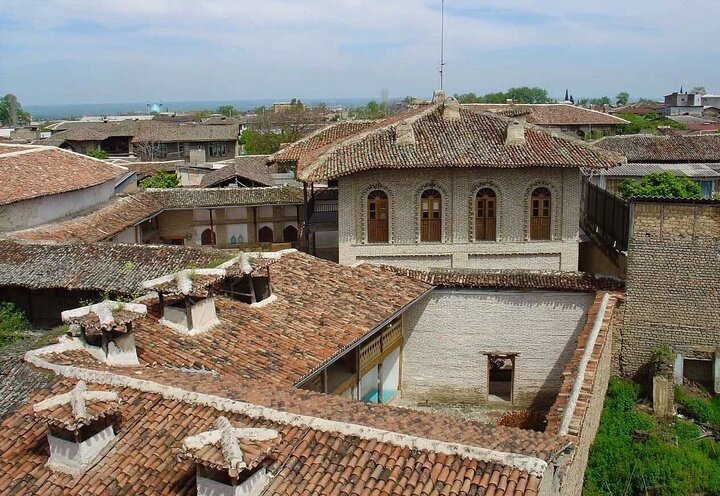Three historical buildings among Iran heritage list newcomers

TEHRAN – The Director General of Cultural Heritage, Tourism, and Handicrafts for Golestan province has announced that three historical structures within the province have been officially registered and added to the national heritage list.
During a press conference, Mohammad-Javad Savari stated that in the recent session of the National Council for the Registration of historical-cultural complexes, attended by Alireza Izadi, the Director General of Works Registration and Preservation and Revitalization of Cultural and Natural Heritage, along with council members, three historical structures from the province have been registered.
These structures include Seyyed Ya'qub Shirangi's historical house from the Qajar era, the Sadeghian historical house also dating to the Qajar era, and the historical structure belonging to the Command Headquarters of the 30th Gorgan Division from the Pahlavi era.
He stressed that with the addition of these three works, the total number of the province’s registered works in national heritage list has reached 1,022.
Savari further mentioned that the registration documents for these works will be formally transmitted to the Governor of Golestan after completing the legal procedures and will be forwarded to the General Directorate of Cultural Heritage, Tourism, and Handicrafts of the province.
Golestan is home to hundreds of historical and natural sites, with UNESCO-registered Gonbad-e Qabus – a one-millennium-old brick tower – amongst its most famous.
Narratives say the tower has influenced various subsequent designers of tomb towers and other cylindrical commemorative structures both in the region and beyond. According to the UN body, the mudbrick tower bears testimony to the cultural exchange between Central Asian nomads and the ancient civilization of Iran.
Gorgan, the provincial capital, is famed for being home to an ancient defensive wall of the same name (“The Great Wall of Gorgan”) which stretched some 200 km in length and was built to prevent the invasion of the northern tribes.
Also known as the Red Wall or the Red Snake, it is the longest ancient barrier between Central Europe and China, longer than Hadrian’s Wall and the Antonine Wall put together, and the third-largest wall in the world after the walls of China and Germany. However, most parts of the gigantic monument are still hidden underneath the surface through some segments that have so far been unearthed and even restored to their former glory.
Leave a Comment